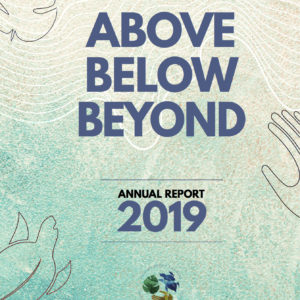Reef Health Monitoring (RHM) activity is part of our marine conservation program and has been regularly held once a year since 2019 in Bawah Island and surrounding areas.
Recreational Vs. Scientific Diving: What You Need To Know
Diving can be divided into two types based on its purposes: recreational or scientific diving.
Getting to Know Nudibranchs, the “Butterflies of the Sea”
Nudibranchs are shell-less marine gastropod mollusks, part of the sea slug family, and estimated to have more than 2,000 different species found in the world's oceans.
Saving Sea Turtles: BAF’s Efforts to Protect Sea Turtles in Anambas
There are a total of seven turtle species in the world and six of them can be found in Indonesia. Out of the six species, two reside in Bawah Island: green and hawksbill sea turtles.
How Bawah Anambas Foundation Help Conserve Marine Ecosystem in Bawah Island
We made it our top mission to restore the coral reefs and create a healthy ecosystem in the surrounding waters and we are doing so by these following activities:
Clams: The Ocean Cleaner, Current Threats and Conservation Efforts
Clams are one of the mollusks in the bivalve class that are often found in coral reef ecosystems. They have two genera (Tridacna and Hippopus),1 share a symbiotic life with Zooxanthellae photosynthetic algae2 and live in the Indo-Pacific region. So far there are 12 types of clams that have been identified, eight of them are...
Roles of Herbivorous Fishes in Restoring Damaged Coral Reef Ecosystem
Herbivorous fish have an important role in limiting the growth and dominance of algae, providing opportunities for coral recruitment to grow.
Combating Waste Problems in Anambas Villages
Educating the local communities to manage their waste responsibly and keeping the ocean clean.
Trash Talk: How Circular Economy Reduces Plastic Waste and Elevates Communities in Anambas
Circular economy is the opposite of the traditional linear economy (take-make-dispose) in which we utilize resources for as long as possible, extract their maximum values while they are usable and recover and regenerate when they reach their end life.










